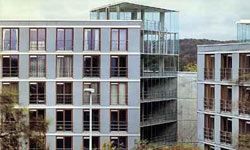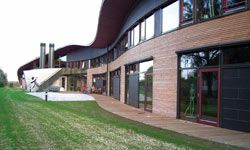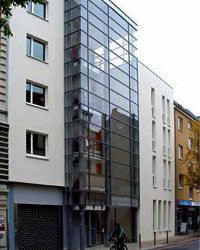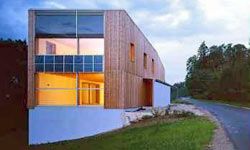Imagine living in a comfortable, modern house with no cold drafts, no temperature variations from room to room, and, best of all, virtually no heating or cooling bills. It might sound too good to be true, but these cozy conditions are the norm for people who live in passive houses.
A passive house is an extremely energy-efficient home in which a comfortable interior climate can be maintained without active heating and cooling systems [source: Passivhaus Institut].
Advertisement
Passive homes are heated primarily by the sun, but unlike solar-powered houses, which use solar panels to convert sunlight to electricity, passive houses capture the sun's energy in the form of heat, using the design and construction of the home itself to eliminate the need for a furnace, fireplace or other conventional heat source.
The first passive house was built in Darmstadt, Germany, in 1991 [source: Feist]. While houses built as early as the 1970s and 1980s employed something called a passive solar design to collect heat from the sun, the passive house standard takes the idea a few steps further, adding superior insulation, airtight construction, energy-efficient windows and carefully controlled ventilation as essential components of the home's construction.
As of 2010, more than 15,000 buildings in Europe had been built or remodeled to the passive house standard [source: Passive House Institute US]. Only a handful of passive houses have been built in the United States, but homebuyers here are beginning to inquire about this eco-friendly option, and the Passive House Institute US has begun to test and develop efficient models for hot and humid climates such as Florida, where cooling is a bigger challenge than heating [source: Passive House Institute US].
Will your next home be a passive house? Read on to discover the benefits of passive-house living.




